Prologue | ||
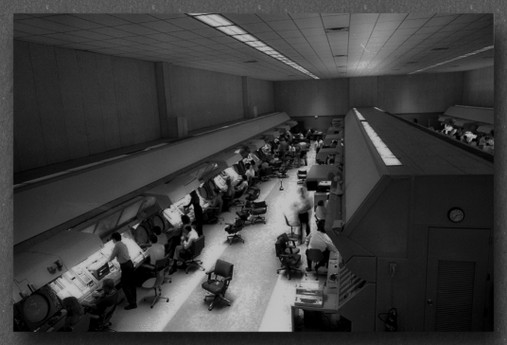 There are 22 Air Route Traffic Control Centers across the United States. Each Center is identified by a three letter code beginning with the letter "Z". I was a radar controller at the Salt Lake Center; this facility is known as "ZLC". Each specialty was divided into geographical areas called sectors. Each controller was assigned to one specialty, and usually worked seven different sectors. I’m always asked what it takes to become a good Air Traffic Controller. Well., the most important attribute is spatial visualization. Second, abstract reasoning. I can’t send you to a local college to learn these skills -- you either have these traits or you don’t. Luckily, I did since I didn't have much in the way of a formal education. I loved the job. I loved the hardware and software and everything necessary to make the system function. I loved the Big Iron main frames. I was intimately familiar with the entire system and spent six months at the FAA Academy in Oklahoma City, for additional hardware and software system training. See "Big Iron". I spent almost a quarter century in front of the glass and couldn’t believe that I was being paid to solve real time problems all day. Most days it was fun, others, no so much. If the FAA had cut my salary by one half, I would have still done the job. Did you ever wonder how Air Traffic Control was accomplished before radar? See the “Black Art” page for a good explanation. Do you think you coulld cut it as an Air Traffic Controller? Try the TRACON II ATC simulator. | ||
Behind the Scopes | ||
Most of my ATC friends who visit this site have pushed metal for decades, literally issued millions of clearances and are intimately familiar with the profession. I know a few who visit would like to know what ATC is like and the nature of work of a center controller. Most of us loved the job; a few hated it. We literally worked shoulder to shoulder for hours at a time with people I knew better than my own family. I started my career in Air Traffic Control behind the scopes. I went to work for the Raytheon Service Company as a Field Service Engineer and was part of a small team that installed the Computer Display Channel and Plan View Displays (PVD), the first all digital radar scope. | 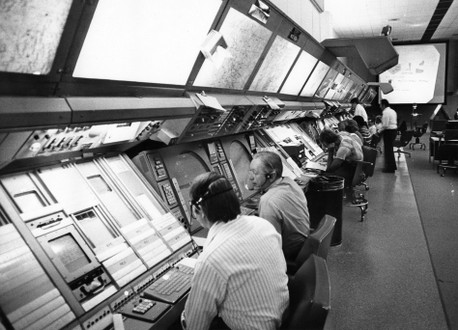 PVD Vertical - Digital Mode PVD Vertical - Digital Mode Electronic Shrimp Boats - c1976 | |
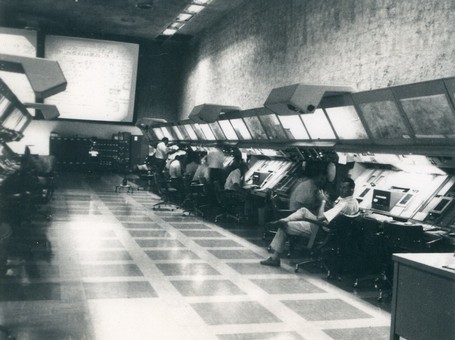 M1 Control Room - c1972 Pre Digital Displays | I transitioned from an installation team to a training team and moved from one facility to another every six months. We taught Airways Facilities (maintenance) personnel how to operate and maintain the system. I knew the function of every button and switch on that scope better than most controllers. I started “plugging in” with guys during slow periods. I wanted to learn what happened in front of the scope and was fascinated by the job. I had absolutely no background in aviation or Air Traffic Control but decided I wanted to push metal. My friends at Raytheon thought I’d lost my mind and gave me no chance of getting hired. Well! I did! | |
In front of the glass | ||
I reported to ZLC in 1975 as an Air Traffic Control Trainee and the rest is history. I finally got to see what happens in front of the glass. This was the dawn of all digital displays and I loved the technology, both hardware and software. Unfortunately, we routinely had to revert back to the older system on mids and system failures. We were forced to convert our vertical digital scopes to the horizontal analog mode. We grabbed grease pencils and started pushing shrimp boats on a broadband display controlled by a ten channel decoder and a scan converter. I can't believe we ever used such an archaic system, but we made it work -- we always did. When the computer crashed, operations degraded to a clusterf**k. Chaos when switching to the backup system | 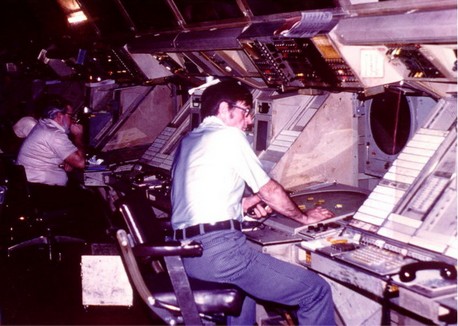 PVD Horizontal - Analog Mode Plastic Shrimp Boats -date unknown | |
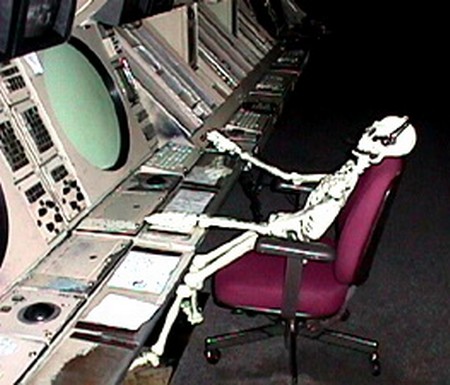 Abandoned M1 Control Room (Feb 1999) Used continuously for 36.5 years | I was presented with an engraved shrimp boat (with my operating initials) years after we permanently transitioned to digital displays. The "boat" was attached to a certificate and given to the few guys still remaining that actually used them. It didn't seem important at the time, but I still have that shrimp boat and its meaning has changed significantly. You can read more of "My Story" on the Big Iron, CDC and AAS pages. My name is not important but my operating initials will always be: FU | |
Welcome - Ricks Career With ATC
Rick's Career
With Air Traffic Control

Rick's Career With ATC